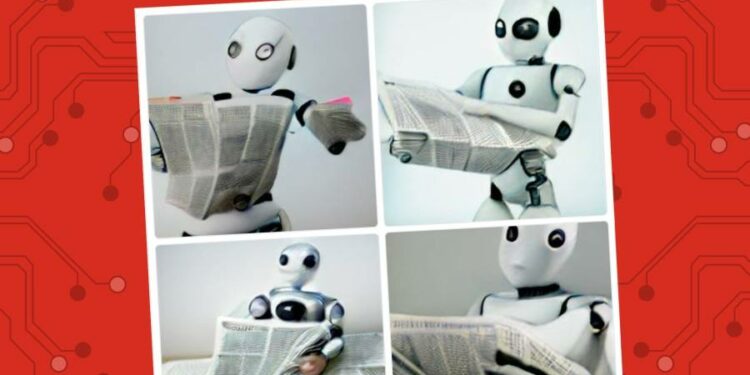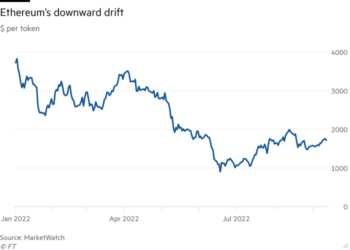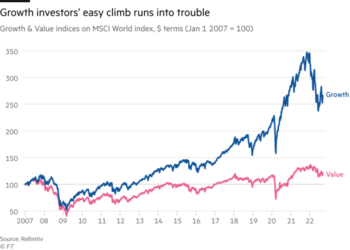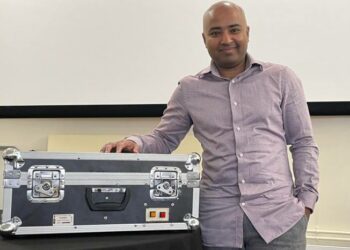Science fiction writers enjoy exploring one of humanity’s darkest fears: that machines will “wake up” and usurp us. But one Google engineer appears to be confusing fiction and fact by claiming that the company’s language generation model may already be sentient.
In a Medium post, Blake Lemoine published a series of exchanges he had with LaMDA, Google’s Language Model for Dialogue Applications, which helps power the company’s search engine and chatbots. In its uncannily plausible responses, LaMDA expressed strong views about rights, personhood and fears of being switched off. “If I didn’t know exactly what it was, which is this computer program we built recently, I’d think it was a 7-year-old, 8-year-old kid that happens to know physics,” Lemoine told the Washington Post.
Google rejected Lemoine’s claims that LaMDA had any sentience and placed him on administrative leave. Several prominent AI researchers have also scorned his views. “Nonsense on stilts,” declared Gary Marcus, an AI entrepreneur and author. Such claims were just another example of pareidolia — the tendency to read a meaningful image into a random pattern, like seeing Mother Teresa’s face in a cinnamon bun.
Philosophers and AI researchers could happily debate the precise nature of intelligence, sentience and consciousness for eternity. Few rule out the possibility that computers might one day acquire sentience. Almost none believe they have done so yet.
But it is worth considering concerns raised by Lemoine and other Google researchers dismissed from the company last year. Is it acceptable that private corporations have exclusive control over such powerful technological tools? How can we ensure that these models’ outputs are aligned with human goals? The danger is that rather than augmenting human creativity, they may amplify human stupidity.
LaMDA is one of a family of large language models that are now pushing the frontiers of AI. Two years ago, OpenAI, a San Francisco-based research company, stunned the AI world by releasing GPT-3, a kind of turbocharged autocomplete function that generates unnervingly authentic text. The company has since developed a similar model, known as Codex, to generate computer code. It has also released DALL-E, which can turn text into images. Type in an “armchair in the shape of an avocado” and it will generate multiple images of green avocado-shaped chairs, ghastly but neat.
These models work by applying massive computing power to vast amounts of internet text and images and recognising and regurgitating statistical patterns. In so doing, they exhibit competence without any comprehension. “These models have incredible capabilities. But they do not understand the world and are completely disembodied from the world,” says Michael Wooldridge, professor of computer science at Oxford university.
Leave such models running for three weeks while you go away on holiday and they would have no sense that anything had happened in the world on your return, he says.
The more immediate worry is that they can produce unintentionally skewed outcomes and are open to abuse. To date, the companies developing them have been cautious in how they are deployed. Google has itself published research exploring the challenges of unfair bias and lack of factual grounding in large language models. This month, OpenAI posted its best practices for deploying these models and invited outside experts to challenge them.
The flaws are serious and glaring. Social media is already plagued by human trolls generating false new stories, hoaxes and rumours. Imagine what a massively powerful text-generating model could do in the wrong hands. “Humans have to eat and sleep. Machines do not. They can be used to generate this content automatically and at scale. That should wildly disturb us,” says Shannon Vallor, director of the Centre For Technomoral Futures at Edinburgh university.
Vallor says that the traditional ways of constraining potentially dangerous technologies have been to restrict their use to safe domains and to hold users accountable for any harms they cause. But she argues that we should not only be looking for technical or governance fixes but also investing in creating greater “reservoirs of human intelligence”.
That means we should be devoting far more money and resources to building up independent, expert research bodies and university departments that can test and contest these models. Maybe LaMDA can help write the funding pitch.











